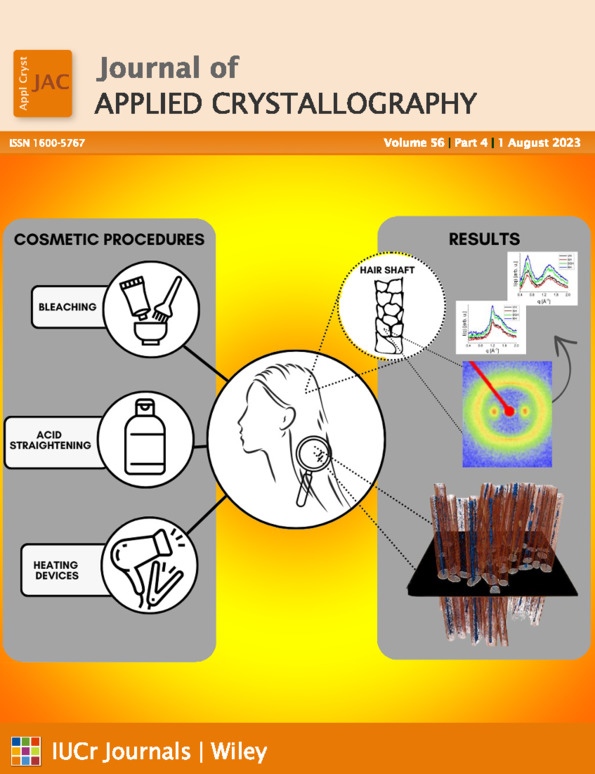Structure evolution of Bi4O7 under high pressure
Abstract
X-ray diffraction and Raman spectroscopy measurements were used to study the structure evolution of Bi4O7 during compression. Two isostructural phase transitions were observed under high pressure, with the first transition to phase II occurring at approximately 3.0 (2) GPa and the second to phase III occurring at approximately 13.0 (5) GPa. The pressure–volume (P–V) curve was found to be discontinuous at those two pressure transition boundaries. By fitting the P–V curves in three different stages, the bulk moduli were estimated to be approximately 101 (2), 68 (2) and 172 (3) GPa. Such large differences in the bulk moduli confirm two isostructural phase changes in the three stages. An irreversible amorphization process was found to start at approximately 20 (1) GPa, and the sample gradually becomes fully amorphous during compression at 30 (1) GPa.




